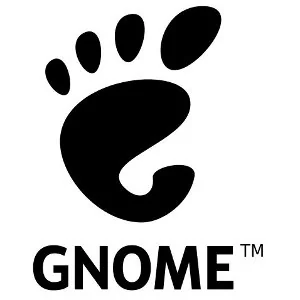GNOME 3.8 Is Dropping Its Fallback Mode

The choice came down to rework the GNOME fallback mode and continue maintaining it for the foreseeable future or to just eliminate the fallback mode. The GNOME developers have decided to drop this mode. Now for GNOME users without a proper GPU and drivers, if you want to still use GNOME, you will need to use LLVMpipe for a software-accelerated experience of the GNOME Shell.
LLVMpipe isn't good for all users but the GNOME developers just view reworking and maintaining the fallback mode as too much of a burden. This is a similar move to Canonical dropping the Unity 2D desktop in Ubuntu 12.10 and just forcing everyone onto Unity even if it means using LLVMpipe. While Ubuntu got rid of their non-compositing desktop, just last week they were discussing the need for a non-3D desktop.
At least mainline KDE still plans to not force users onto LLVMpipe while Xfce, LXDE, and other desktops also still work fine without requiring proper graphics drivers.
The GNOME fallback dropping was announced in this mailing list post and more details are available from this GNOME Live page.
Matthias wrote, "We've come to the conclusion that we can't maintain fallback mode in reasonable quality, and are better off dropping it."
91 Comments

